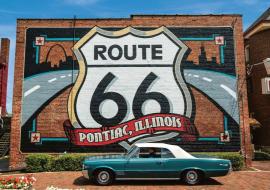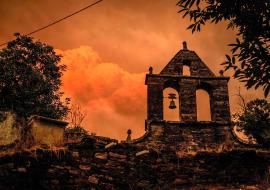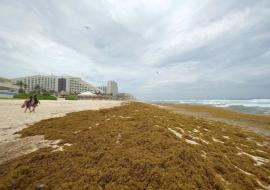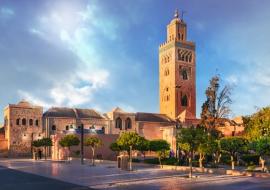The Unrivaled Miguel Matamoros
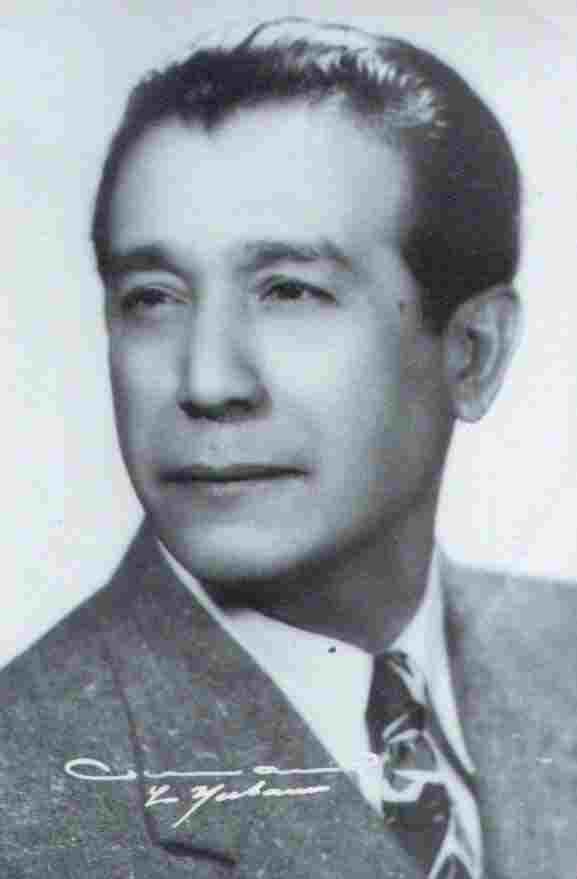
The Excelencias Group gives you the opportunity to learn more about the life and work of the author of such songs as Lagrimas Negras, Juramento, Son de la Loma… because Miguel Matamoros was an outstanding songwriter and guitarist in spite of not having musical education.
Click on Santiago de Cuba: A City of 500 Years
Miguel Matamoros was born on May 8, 1894, at the popular Los Hoyos neighborhood, 115 San German Street, between Gallo and Matadero, Santiago de Cuba. As a young man he worked as a driver, carpenter, altar boy at the Church of Christ, flagstone manufacturer, potter, etc., but music captivated him forevermore.
First of all, he learned how to play the guitar, the instrument that would later accompany him in every song and help him create sublime lyrics, related to almost all musical genres at the time. He is even said to be the creator of trova as we presently know it.
Always carrying his guitar, there were lots of bohemian performances in family fiestas and popular celebrations. Harmonica was the first musical instrument that positioned him as a musician in the activities he attended, making money to help his family, followed by the emblematic Chinese bugle of carnivals at the easternmost region of Cuba.
Nowadays, we enjoy nearly 200 musical pieces written by Miguel Matamoros and prestigious performers around the world do versions of his songs. Bolero “El Consejo” was his first creation at the age of 16.
Miguel Matamoros’ work includes son “El Marido de Pancha”, tango “El Huerfanito”, waltz-song “Pesadilla”, paso doble “Torero”, danzon “La Corneta China”, donzonete “Demostracion”, guarachas “La Mulata Anita”, samba “Nada Mas”, blue-son “Conciencia”, conga “Alegre Conga”, criolla “La noche triunfal”. Specialists say that the only rhythm he didn’t touch was rumba, with its guaguanco style.
Trio Matamoros was created on May 8, 1925, by Siro Rodriguez, Rafael Cueto and Miguel, who baptized the new musical band with his surname. The most popular trio of the eastern region also gained momentum at the capital city of the Island and overseas, in such countries as Spain, Portugal, as well as Central and South American Mexico, Dominican Republic, Puerto Rico, Venezuela, Brazil, Panama, Colombia, Peru and Chile.
“El que siembra su maíz” was the first record hit of the legendary and popular band, with 64,000 copies sold, described as one of the greatest success of Cuban record. It was inspired by a popular character of Santiago, El Mayor, who used to sell pies and iron shirts.
Beyond the Trio, Miguel Matamoros headed other musical bands, which made him change formats in different moments, including quartet, septet and sextet. Those other bands were never as famous as the original Trio Matamoros.
By means of the music, Matamoros met singer Juana Maria Casas, they got married and their daughter, Seve Matamoros, was born some years later.
In 1962 the remarkable troubadour definitively said good-bye to the artistic realm by giving Pedro Vargas his last song, entitled “Triste, muy triste”. On May 10, 1960, “Jueves de Partagás” TV show announced Matamoros’ decision to retire.
The matchless Miguel Matamoros passed away at his hometown on April 15, 1971. His burial at Santa Ifigenia cemetery was an emotional popular development.








